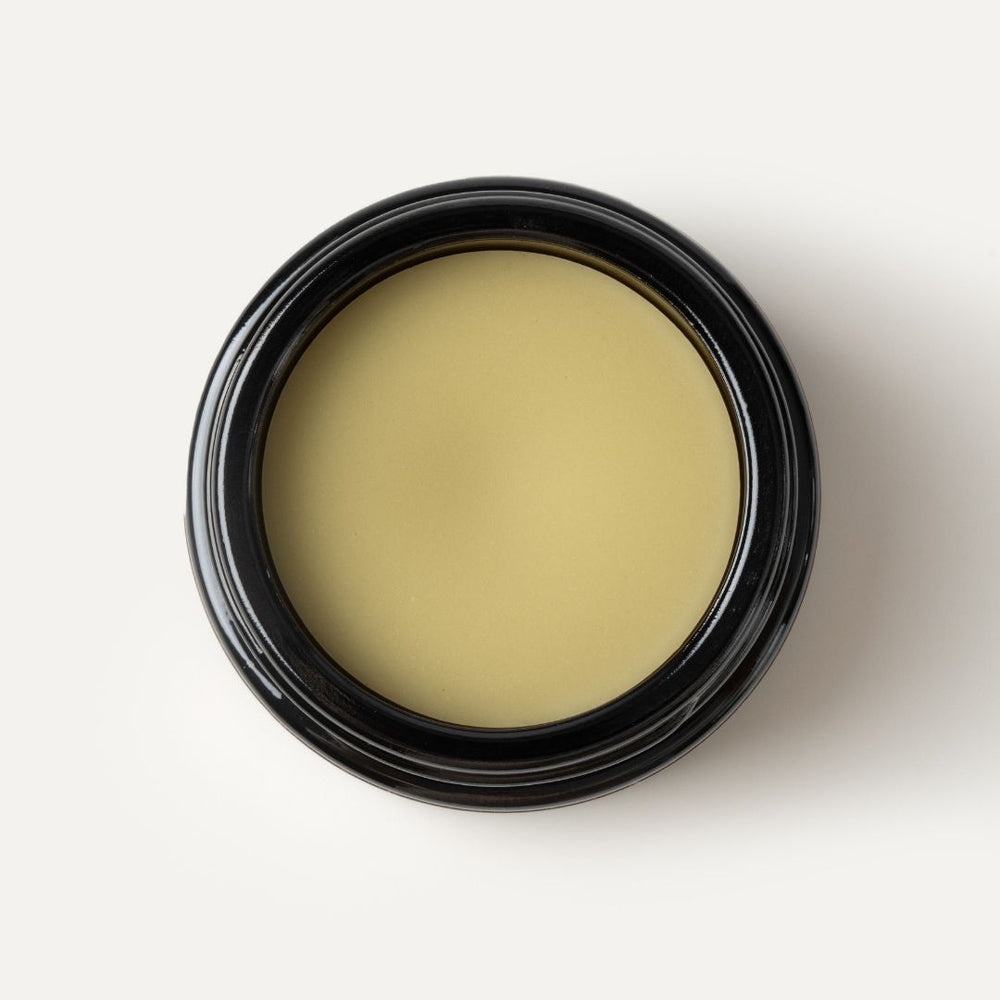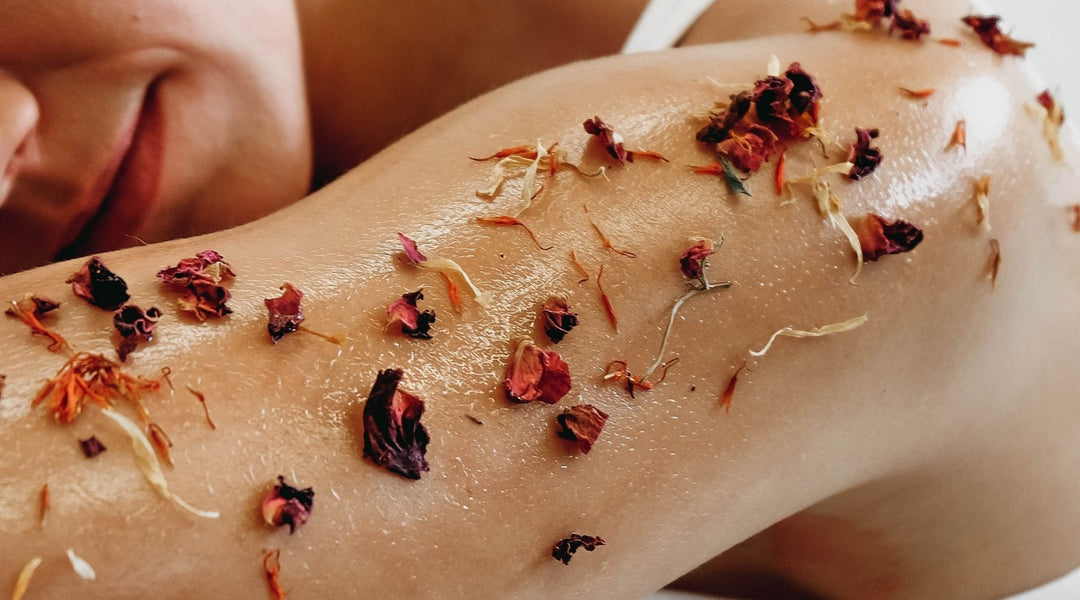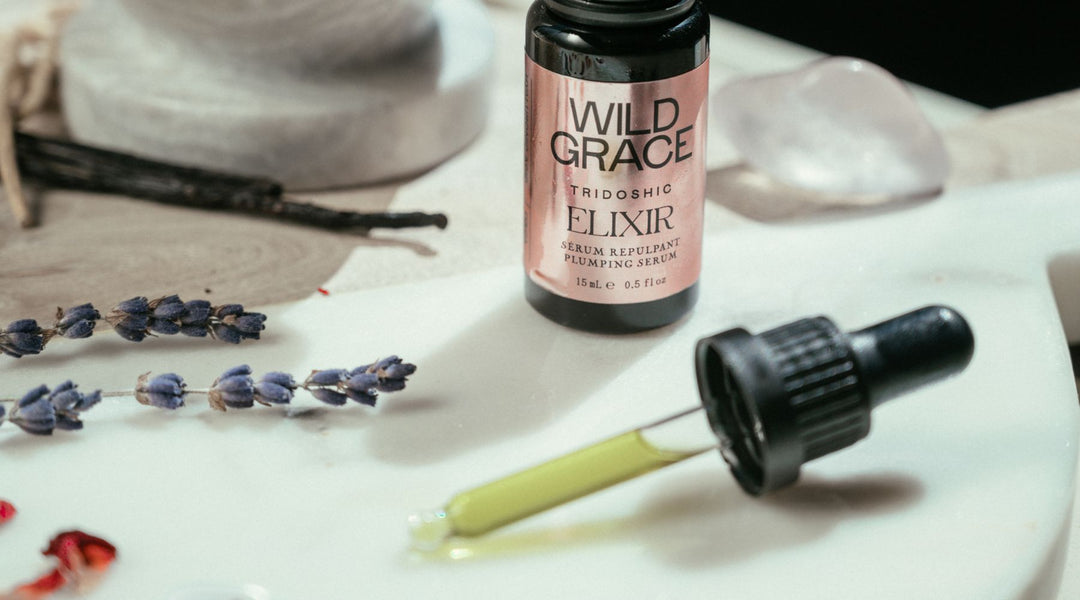Ayurvedic Healing for Trauma: 8 Practices for Mind-Body Balance
Understanding Trauma and Its Impact
Trauma is a natural yet challenging part of life that can leave deep emotional, physical, and spiritual imprints. The American Psychological Association defines trauma as "an emotional response to a terrible event like an accident, rape, or natural disaster." Immediate effects often include shock and denial, while long-term symptoms may involve flashbacks, strained relationships, and physical symptoms like headaches or nausea.
While Post-Traumatic Stress Disorder (PTSD) has become more widely recognized in recent decades, researchers now understand that trauma exists on a spectrum. It can be triggered by many experiences, including abuse, loss of a loved one, serious illness, or prolonged stress. Its effects are unique to each individual, influenced by resilience, life experiences, and support systems.
The Ayurvedic Perspective on Trauma
Ayurveda, one of the world's most ancient holistic healing systems, originated in India over 3,000 years ago. It views health as a harmonious balance between the mind, body, and spirit. This perspective is especially powerful when addressing trauma, as it recognizes the interconnectedness of emotional and physical well-being.
In Ayurvedic philosophy, trauma and anxiety often arise when the mind is in conflict with reality—a concept known as Pragnaparadha. Healing involves restoring balance to the doshas—Vata, Pitta, and Kapha:
-
Vata (Air + Space): Quick-thinking, light, and fast-moving
-
Pitta (Fire + Water): Fiery, driven, and often intense
-
Kapha (Earth + Water): Grounded, calm, and stable
When trauma disrupts this balance, Ayurveda recommends specific practices to calm the mind, nourish the body, and support the spirit.
8 Ayurvedic Practices to Help Manage Trauma
1. Healing Herbs
Adaptogens like Ashwagandha and Brahmi are traditionally used to calm the nervous system and support mental clarity. Always consult your healthcare provider before adding herbs to your routine.
2. Abhyanga (Self-Massage)
Daily self-massage with warm oil stimulates the release of endorphins, improves circulation, and calms the nervous system. Choose a dosha-specific body oil to match your constitution.
3. Shirodhara (Third Eye Oil Treatment)
This deeply soothing therapy involves pouring a steady stream of warm, herb-infused oil over the forehead to quiet the mind and ease emotional tension.
4. Mindfulness & Meditation
Simple daily practices like guided meditation or mantra repetition can reduce stress hormones and increase feelings of safety and stability.
5. Yoga
Gentle, restorative yoga helps reconnect body and mind. Focus on heart-opening and grounding poses to release stored tension.
6. Pranayama (Breathwork)
Controlled breathing exercises like Nadi Shodhana (alternate nostril breathing) calm the mind, balance energy, and promote emotional clarity.
7. Self-Compassion
Ayurveda teaches that true healing requires kindness toward oneself. As Dr. Gabor Maté emphasizes, self-compassion is key in processing and releasing trauma.
8. Aromatherapy with Essential Oils
Essential oils can help balance the doshas and uplift the spirit. Explore WILD GRACE essential oil perfumes and body oils for blends tailored to your needs.
Bringing Balance Back
Trauma recovery is not a linear process—it’s a journey of reconnecting with yourself. Ayurveda offers a compassionate, holistic path that addresses the whole person. By integrating these practices into your life, you can begin to restore harmony, resilience, and peace.
If you or someone you care about is navigating trauma, seek support from a qualified healthcare professional. You can also explore WILD GRACE Ayurvedic rituals to support your emotional and physical well-being.
Healing begins when we meet ourselves with patience, care, and understanding.








Leave a comment